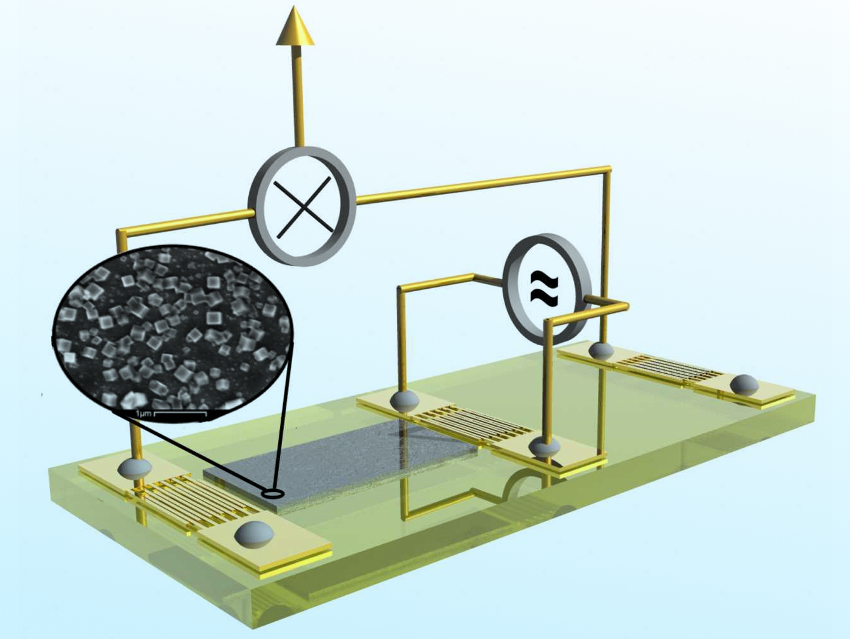The separation of deuterium from hydrogen is a challenging but industrially relevant task. Traditional cryogenic methods for separation are based on the different boiling points of H2 and D2. Ultramicroporous materials, such as metal-organic frameworks (MOFs), could provide a more efficient alternative.
Dirk Volkmer, Achim Wixforth, University of Augsburg, Germany, German Sastre, Universitat Politecnica de Valencia, Spain, and colleagues have performed studies on H2/D2 separation using MFU-4, a MOF with ultra-narrow pores (2.5 Å in size). The team used a specially designed sensor with a very fast response based on surface acoustic waves (SAW), combined with the MOF on a single chip, to monitor the separation in real time.
At low temperatures, hydrogen and its heavier isotope deuterium exhibit a slightly different diffusion and tunneling behavior due to quantum physical effects. This makes the MOFs act as a “quantum sieve”. Under these conditions, the MOF is preferentially soaked with D2, leaving the H2 behind.
According to the researchers, the MOF@SAW sensor chip could also be used for other gas mixtures. It could act as an artificial nose for the detection of, e.g., tiny amounts of pollutants, poisons, explosives, or even for diagnostic breath analysis.
- Dynamic Studies on Kinetic H2/D2 Quantum Sieving in a Narrow Pore Metal–Organic Framework Grown on a Sensor Chip,
Dirk Volkmer, Benjamin Paschke, Dmytro Denysenko, Björn Bredenkötter, German Sastre, Achim Wixforth,
Chem. Eur. J. 2019.
https://doi.org/10.1002/chem.201900889




